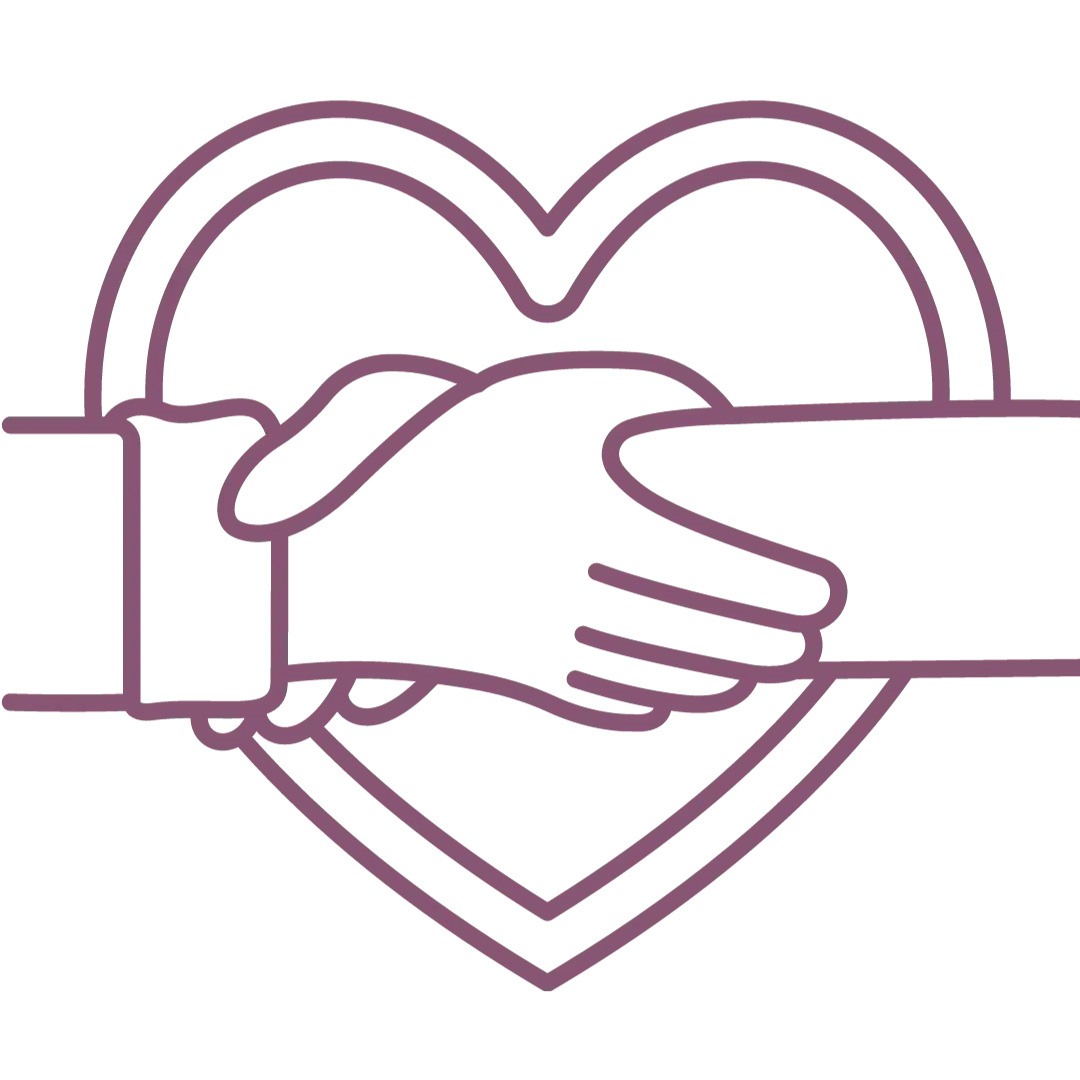
Normally when we’re feeling inadequate or struggle in some way, we tend to do three things. We “over-identify” with our thoughts and emotions, meaning that we get lost in them and can’t see a bigger perspective. We feel isolated – as if everyone else in the world is living a normal (i.e. perfect) life – and that we’re somehow abnormal and separate from others. Then to make things worse, we criticize and judge ourselves for our sorry state. We think we should be able to control ourselves and our situation, and that there’s something wrong with us because we can’t.
When we’re stuck in this negative spiral, our difficulties become harder as we over-react and intensify our suffering needlessly. But if we can somehow remember to bring compassion to ourselves in such moments, we stop the negative spiral and move things in the opposite direction.
Self-compassion has three main elements: mindfulness, common humanity and kindness. When we become aware of our pain with mindfulness, we immediately gain more perspective. When we remember that to be human means to struggle and be imperfect, we don’t feel so alone. And when we bring kindness and understanding to ourselves, our pain becomes easier to bear.
The self-compassion break is a tried-and-true method of calling up these three elements when we need them most. You might think of it as an easy-to-remember recipe for making self-compassion – one part mindfulness, one part common humanity, and one part kindness.
It’s called a break because it causes a break in our usual habitual pattern of negative responding. It also serves as a time-out to do something different, just like taking a coffee break or a bathroom break.
There are different ways to take a self-compassion break. One is through writing. In fact, the main way that researchers experimentally induce a mind-state of self-compassion in study participants is by inviting them to write three short paragraphs about a struggle they’re facing: one that brings mindful awareness to their pain, a second describing the humanity of the situation, and a third expressing warmth and kindness to themselves, like they would to a good friend they cared about. Research shows that doing so significantly reduces stress, shame, negative emotions, and even reduces cortisol. It also increases happiness and positive emotions.
Another way to take a self-compassion break is to talk yourself through the three steps either silently or out loud (if no one is listening :-). I’m including a recording of a self-compassion break here that will help you learn how to do it. The idea is to come up with language that most effectively expresses mindfulness, common humanity and kindness for you personally. Once you come up with some repeatable phrases, you can take a self-compassion break in less than a minute.
Luckily self-compassion isn’t complicated. The biggest challenge is remembering to take a break when we struggle so we can help ourselves in the moment we need it most. Practicing taking a self-compassion break regularly can make remembering easier.
COPYRIGHT © 2025 SELF-COMPASSION LLC, KRISTIN NEFF, ALL RIGHTS RESERVED. Terms of Use/Privacy Policy, Disclaimer

